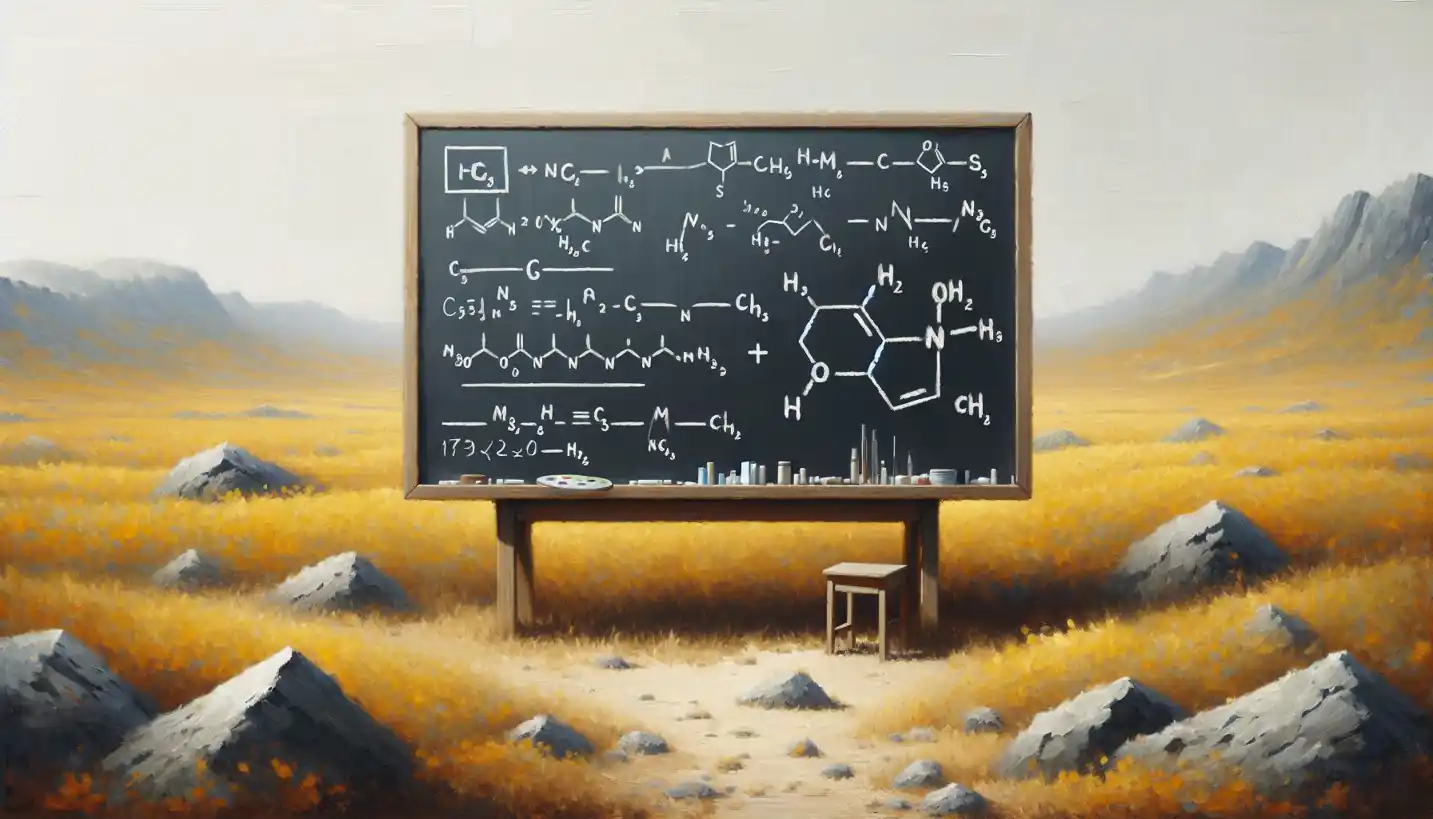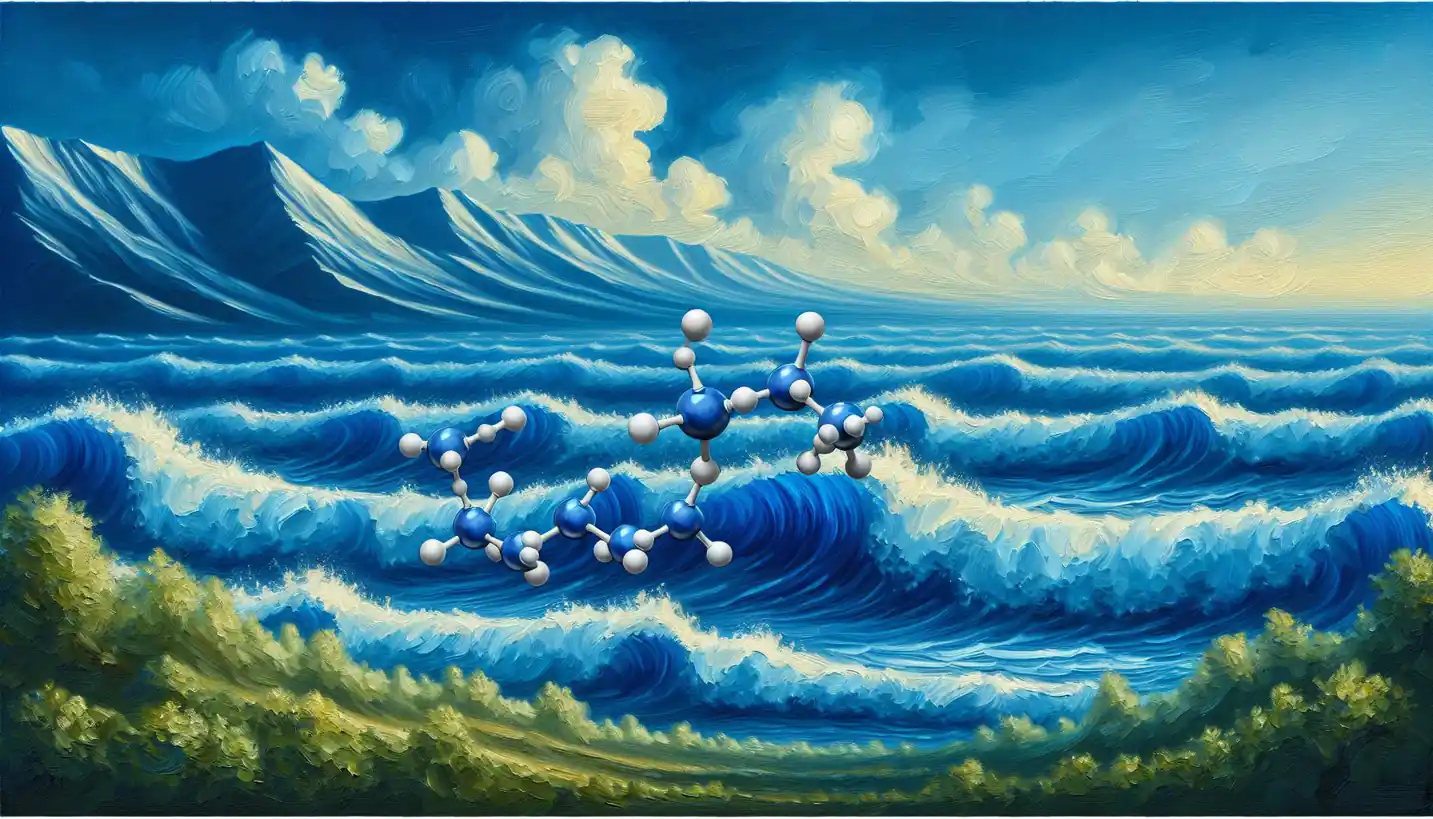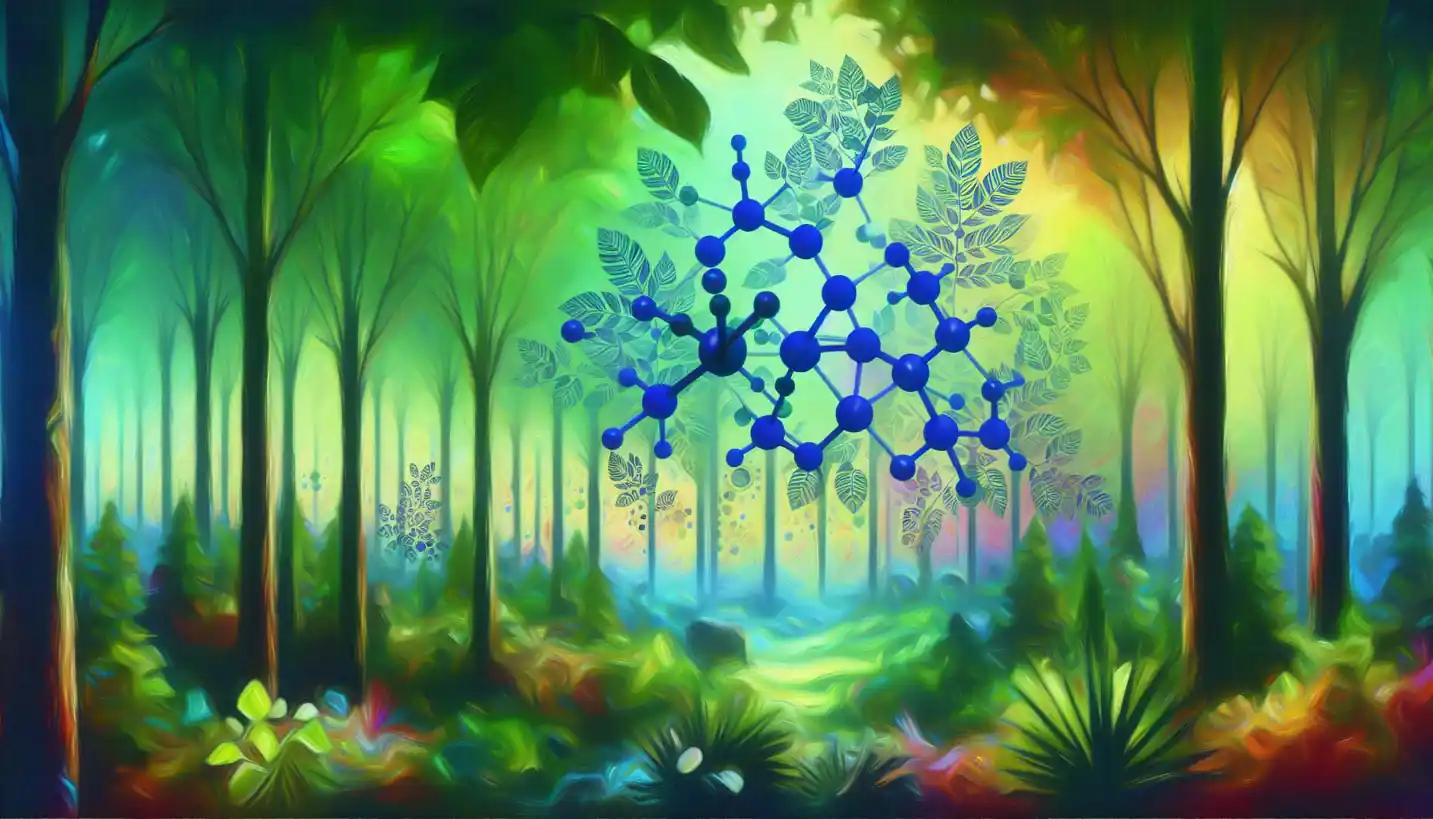· Chemistry · 5 min read
Step-Growth Polymerization: Unraveling the Chemistry of Large Chains
Step-growth polymerization weaves intricate chains, creating the large structures at the heart of polymer chemistry.

Have you ever wondered how tiny molecules join hands to create something as complex and durable as plastic? Step-growth polymerization is like a dance of molecules in the world of chemistry, leading to the formation of polymers, the backbone of many materials we use daily.
What is Step-Growth Polymerization?
Step-growth polymerization is a process where monomers, which are small molecules, join together to form long chains known as polymers. Unlike a train where each carriage connects in a line, this polymerization happens in steps. Think of it as a big group of friends where everyone can randomly pair up. Over time, these pairs form larger and larger groups, eventually creating a massive molecular network.
How It Differs from Other Polymerization
In the world of polymers, there’s another process called chain-growth polymerization. Imagine making a beaded necklace where you add one bead at a time to form a chain—that’s chain-growth. In contrast, step-growth involves chains forming from any two molecules connecting, similar to how a group of people can join hands and gradually form a huge circle.
The Basics of Step-Growth Polymerization
The magic begins when two different types of molecules—or sometimes the same kind—meet. Each has functional groups, which are like little hooks that catch on to each other. When they connect, they release small byproducts such as water or alcohol. This connection is what we call a covalent bond, essential in creating long-lasting, stable materials.
Functional Groups and Bonds
Functional groups are specific atoms or clusters of atoms within molecules that have distinctive chemical reactions, regardless of the rest of the molecule’s structure. In step-growth polymerization, the most common functional groups are hydroxyl, carboxyl, and amine.
These groups react to form bonds like ester, amide, or urethane. Each type of bond has unique properties, influencing the characteristics of the resulting polymer. For example, nylon—made through step-growth polymerization involving amide bonds—is known for its strength and elasticity.
Real-World Examples
Step-growth polymerization is behind many materials that are crucial in our lives. Let’s look at a few:
Nylon: The Wonder Fabric
Nylon is a popular example of a polymer created through step-growth polymerization. Developed in the 1930s, it revolutionized the textile industry with its strength and resilience. Nylon is formed by reacting a diamine with a dicarboxylic acid, linking them through amide bonds. Today, nylon is used in everything from clothing to ropes and even car parts.
Polyesters: More Than Just Fabric
Polyesters are another class of polymers produced by this method. They are not just limited to making fabrics; polyesters are also used in making plastic bottles and films. The production involves reacting a diol with a dicarboxylic acid, forming ester bonds. These materials are valued for their versatility and resistance to environmental degradation.
Polycarbonates: Tough and Clear
Imagine strong, transparent materials—polycarbonates fit this description perfectly. Used in eyewear lenses, CDs, and even bulletproof glass, these polymers are created by reacting bisphenol A with phosgene. The resulting carbonate bonds give the material both toughness and optical clarity.
The Science Behind the Strength
The strength and durability of polymers from step-growth polymerization come from the extensive network of covalent bonds. Unlike weaker forces like hydrogen bonds or Van der Waals interactions, covalent bonds require significant energy to break, making the materials robust.
Controlling the Polymerization
Chemists need to control the conditions under which polymerization occurs to dictate the properties of the polymer. This control involves regulating temperature, pressure, and the concentration of reactants. These factors influence the molecular weight of the polymer, which directly affects its mechanical properties.
Environmental Considerations
While polymers have changed industries worldwide, they also pose environmental challenges. Most polymers are not biodegradable, leading to significant waste management issues. However, the same step-growth principles are now being applied to create biodegradable alternatives, aiming for a sustainable future.
Biodegradable Alternatives
Recent advancements focus on using renewable resources and designing polymers that break down more easily. By tweaking the chemical structure, scientists are developing new materials that retain desirable properties while being kinder to the planet.
The Future of Step-Growth Polymerization
The science behind step-growth polymerization isn’t stagnant. Researchers are continually discovering new ways to enhance the properties of polymers or create entirely new ones. This field remains a cornerstone in both material science and sustainable development, promising innovations that could reshape our future.
Future Innovations
Imagine a world where clothing repairs itself, packaging materials disappear effortlessly, or spacesuits become lighter and more flexible. The possibilities are endless, with step-growth polymerization at the heart of these innovations.
Concluding Thoughts
Step-growth polymerization is a fundamental process in polymer chemistry that has influenced numerous aspects of our world. By understanding how molecules come together, we not only appreciate the materials around us but also open doors to innovations that can address global challenges. As we look ahead, the continued exploration of step-growth polymerization holds promising potentials for both technology and environmental sustainability. So, next time you wear nylon stockings or drink from a polyester bottle, remember the dance of molecules that makes it all possible!



